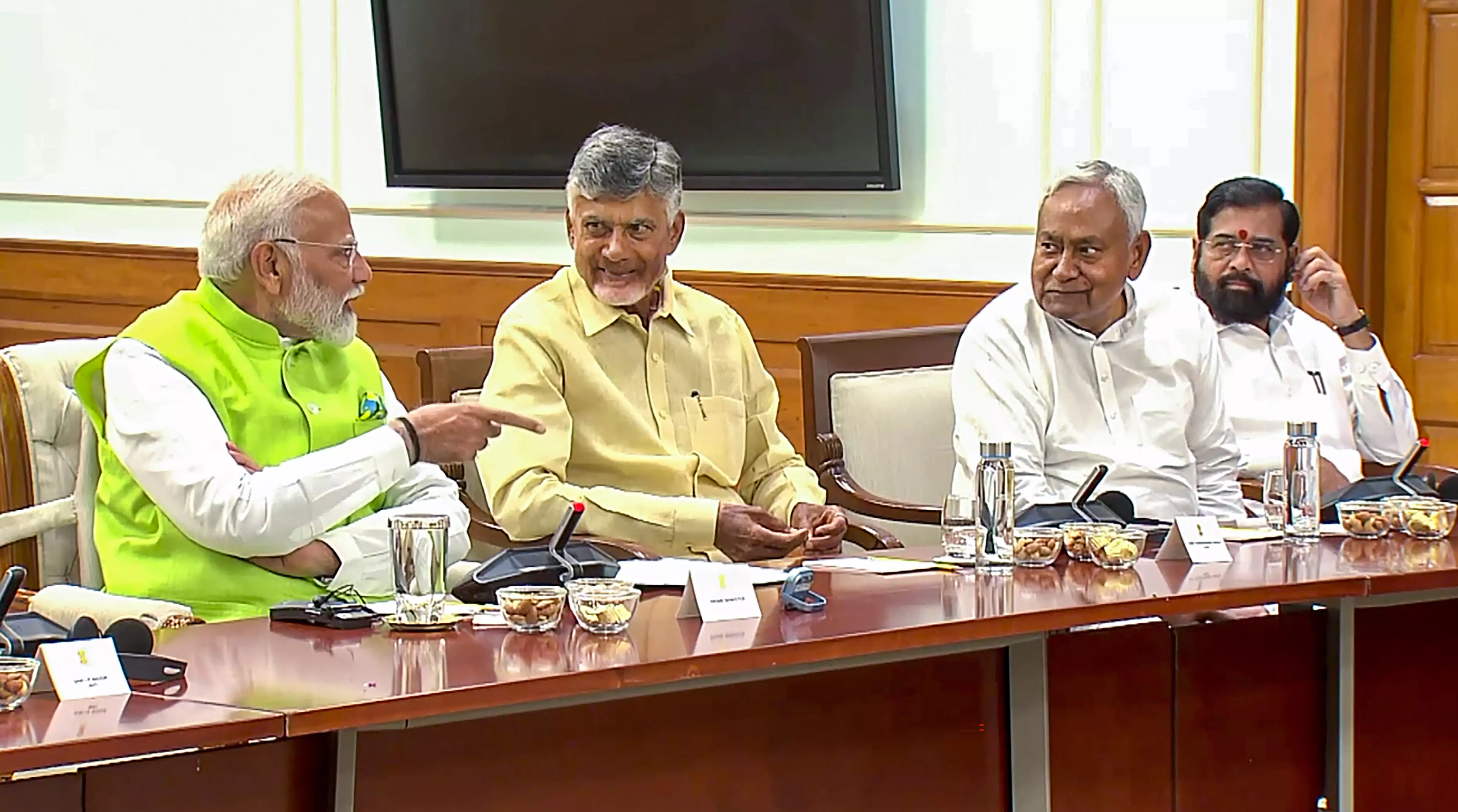When India went to sleep on June 3, it was the last night of a decade marked by the “supremo syndrome” — where one leader, his image, the power of his words and his organised following could overshadow the structure of a multi-party parliamentary democracy, thanks to his party’s dominating majority in the Lok Sabha. When India woke up on June 4, it was a new era. The voices of the 650 million-odd Indian voters had unequivocally rejected the theory that an entire nation could trust just one person, one leader, so much so that no one else mattered.
Now, we are back to a familiar scenario of coalition governments that ran the country during the 1990s and 2000s, where independence was replaced by interdependence, and each party consulted its allies and even the Opposition before taking decisions. The era of unilateral decision-making featuring sudden, unexpected announcements as a direct address to citizens is gone. Instead, two senior players who are highly skilled at their game — Bihar chief minister Nitish Kumar and N.

Chandrababu Naidu who is soon to take the oath as Andhra Pradesh CM for the fourth time — will bring back the aspect of negotiation — marked heavily by the spirit of give and take — to each decision. The bulldozer now has brakes. At least, two of them.
But perhaps several. And once a bulldozer has brakes, it becomes just a lawnmower. The change in the impact and intensity of its power will be felt by the two top men in the structure of governance.























